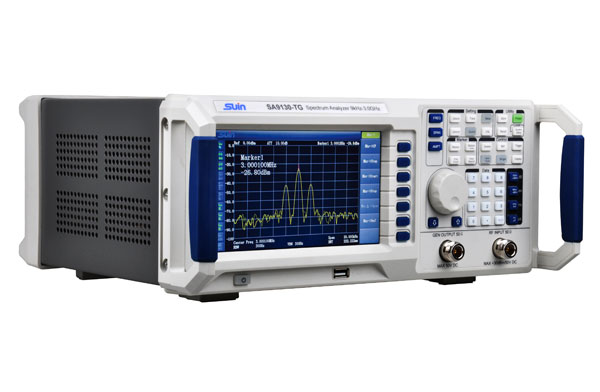

The spectrum analyzer is a kind of instrument which is used to study the signal spectrum structure, which is used to measure the signal distortion, modulation, spectrum purity, frequency stability and intermodulation distortion.
It can also be used to measure some parameters of amplifier and filter circuit system, it is a multi-purpose electronic measuring instrument.
The modern spectrum analyzer can display the analysis results in analog or digital mode, and can analyze the electrical signals of all the radio frequency bands in the very low frequency to sub millimeter band below 1 hz.
The main technical indexes of frequency spectrum analyzer are frequency range, resolution, spectrum width, analysis time, sweep speed, sensitivity, display mode and false response.
We can also supply the signal generators, frequency counter etc. Alll the instrument with best quality and good price. Welcome to choose us.

Jul. 10, 2025
Common Uses and Types of Signal GeneratorsJun. 13, 2025
Power Quality Analyzers: SA2100, SA2200, and SA2300 – Which One Fits Your Workflow?May. 14, 2025
Stopwatch Calibrator Uses in Aerospace, Automotive and Labs